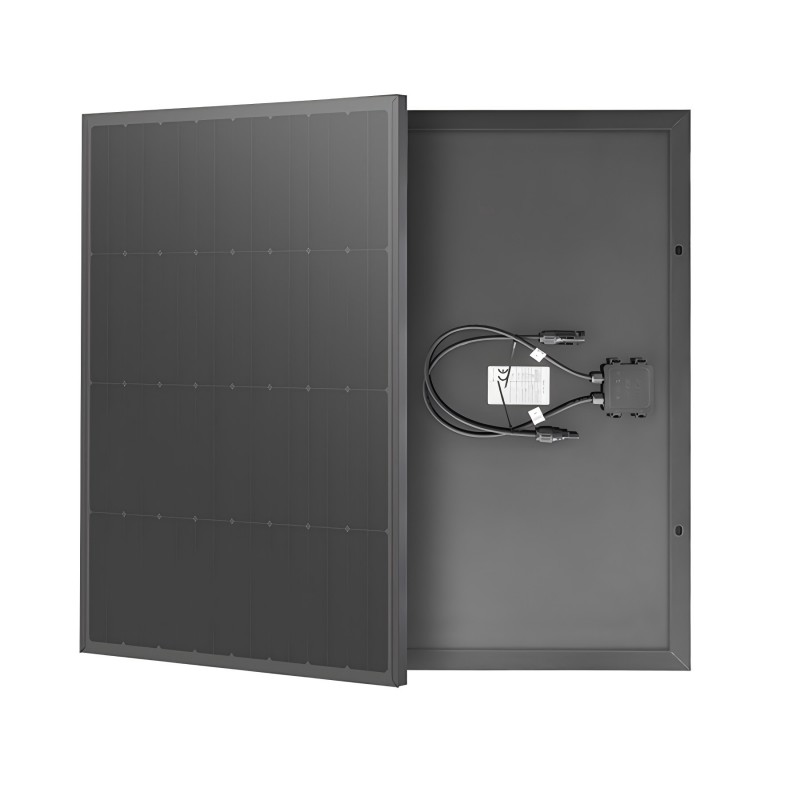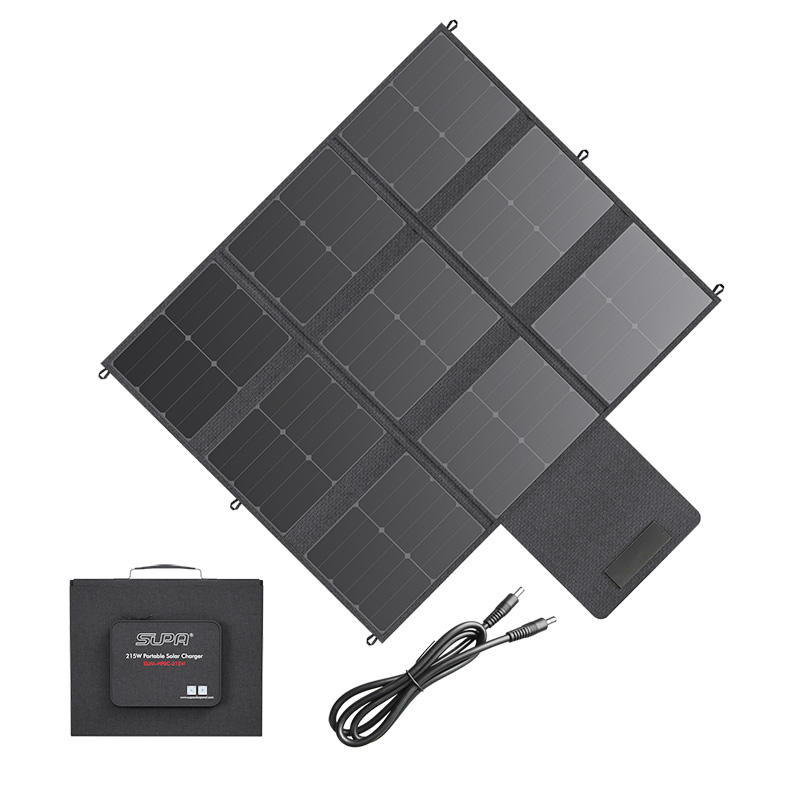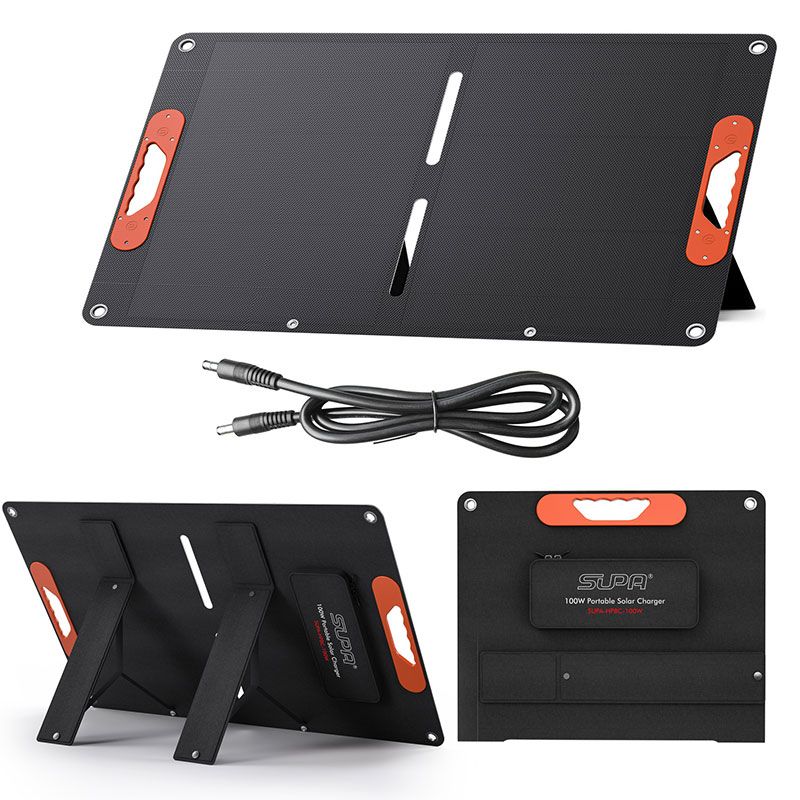Company News
Improving the efficiency of solar panels is key to advancing renewable energy, as it can increase energy output and reduce land usage. With continuous advancements in solar technology, there are several ways to optimize the efficiency of solar panels. Here are some effective strategies:
1. Choose High-Efficiency Solar Cells
The most common types of solar cells on the market today include monocrystalline silicon, polycrystalline silicon, and perovskite cells. Selecting high-efficiency cell materials is the first step in boosting efficiency.
Monocrystalline Silicon Cells: These cells are highly efficient, with conversion efficiencies typically ranging from 18% to 22%, making them the most efficient silicon-based solar cells available.
Bifacial Solar Panels: These cells capture sunlight from both the front and the back, which is especially beneficial in environments with high light reflectivity, such as snow or desert areas, significantly increasing energy output.
Perovskite Solar Cells: Perovskite materials offer low production costs and high light-to-electricity conversion efficiencies, approaching 25%, making them an innovative direction for solar energy.
2. Optimize Panel Design
Optimizing the design of solar panels is another effective way to improve efficiency. By increasing the surface area of the cells and minimizing gaps between them, more sunlight can be captured.
Increase Panel Surface Area: A larger panel surface area means it can capture more sunlight. By optimizing the layout of the cells and reducing gaps between them, the overall energy absorption can be increased.
Use Anti-Reflective Coatings: Coating the panel surface with anti-reflective materials reduces light loss due to reflection, allowing more sunlight to be absorbed, thus increasing the panel's conversion efficiency.
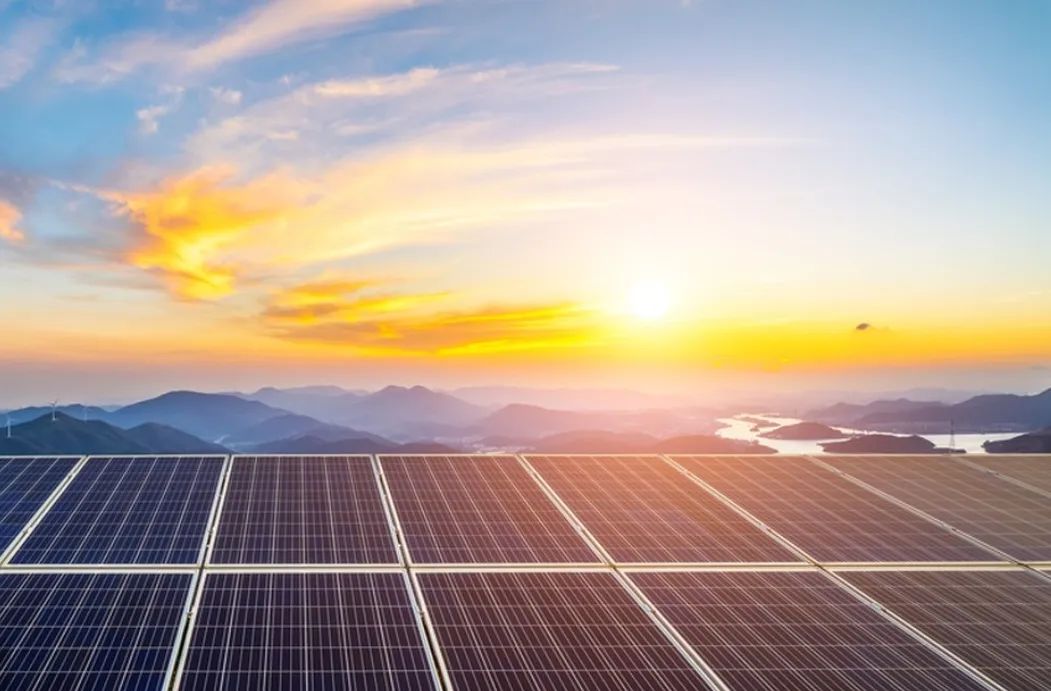
3. Use Solar Tracking Systems
Solar tracking systems adjust the angle of the panels to follow the sun's path throughout the day, maximizing their exposure to sunlight. These systems typically come in single-axis and dual-axis configurations:
Single-Axis Tracking Systems: These systems rotate the panels along an east-west axis to track the sun, improving solar capture throughout the day.
Dual-Axis Tracking Systems: In addition to east-west movement, dual-axis systems also adjust the panels along a north-south axis, allowing for more precise tracking of the sun and improving energy conversion efficiency.
4. Optimize Panel Placement and Angle
The installation location and angle of solar panels directly affect their energy output. A scientifically optimized angle ensures that they capture the maximum amount of sunlight.
Proper Orientation and Tilt: In the northern hemisphere, panels are usually installed facing south; in the southern hemisphere, they face north. The optimal tilt angle should be set based on local latitude to ensure the panels receive the most sunlight.
Avoid Shading: Any form of shading (such as from trees, buildings, or other objects) will reduce a panel's energy output, especially during peak sunlight hours. Therefore, it is essential to choose a location with minimal shading for optimal performance.
5. Choose Efficient Inverters
Inverters convert the direct current (DC) electricity generated by the solar panels into alternating current (AC) electricity, which is used in homes or the grid. Choosing high-efficiency inverters can minimize energy loss during this conversion process, improving overall system efficiency.
Inverters with Maximum Power Point Tracking (MPPT) technology can maximize power output from the panels, even under varying light conditions, improving overall system efficiency.
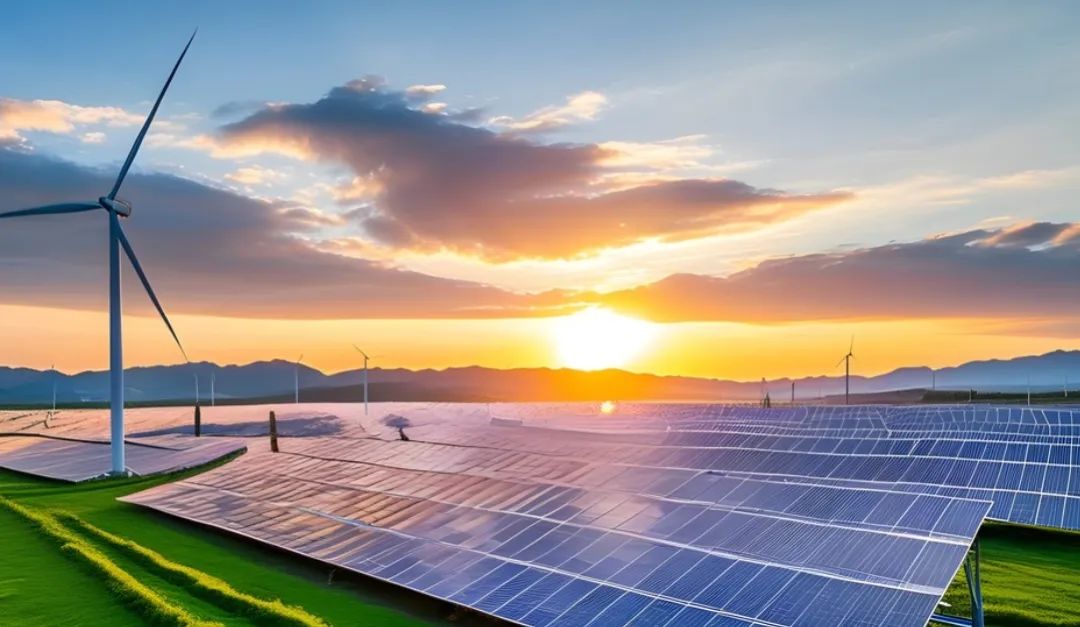
6. Regular Cleaning of Panels
Dust, dirt, and debris on the surface of solar panels can block sunlight, reducing their efficiency. In areas with high dust or pollen levels, regular cleaning is essential.
Cleaning Frequency: Panels should be cleaned during the dustier seasons or several times a year. It is important to avoid using harsh tools during cleaning to prevent damaging the panel surface.
7. Implement Thermal Management Systems
Solar panels generate heat during operation, and increased temperature can reduce their efficiency. Effective thermal management systems help maintain a lower temperature, improving performance.
Active Cooling Systems: Water-based cooling systems can help regulate panel temperatures by circulating cool water around the panels, reducing heat buildup and maintaining efficiency.
Passive Cooling Systems: Features such as heat dissipation plates or radiative cooling can lower the temperature through natural convection and radiation, helping keep the panels cooler.
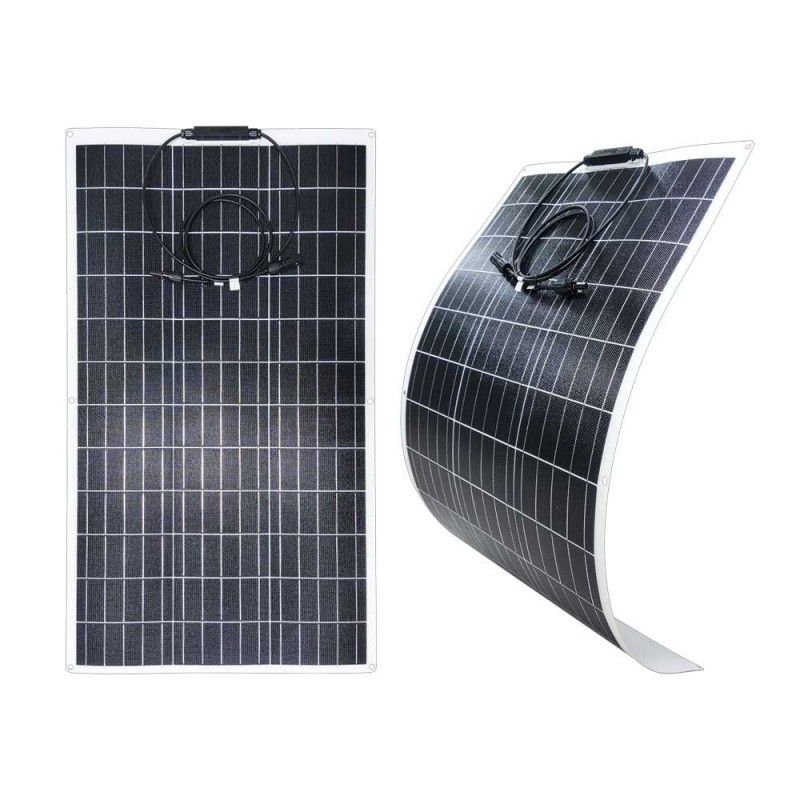
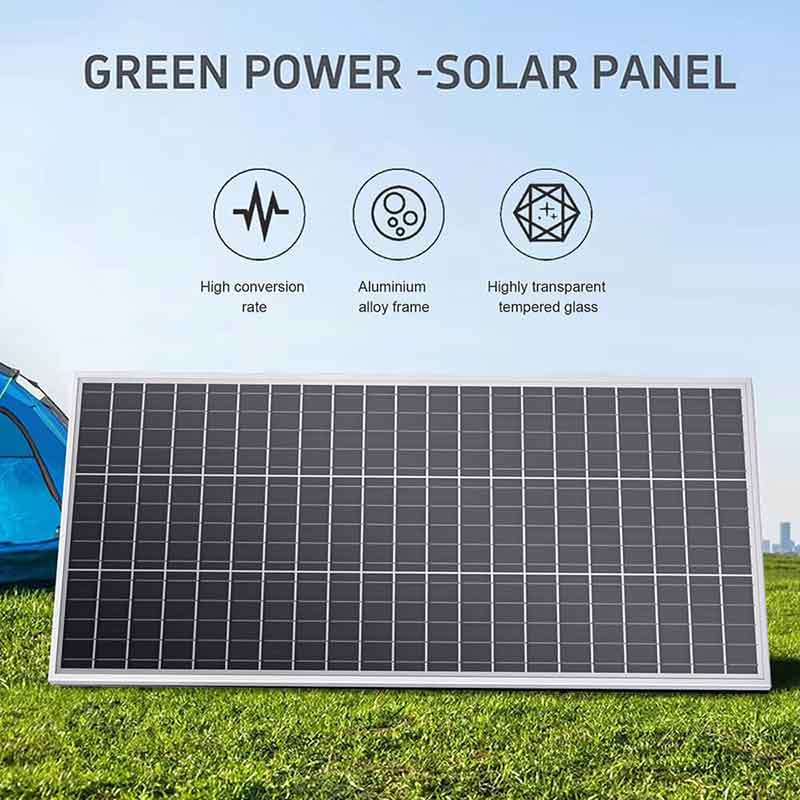
8. Hybrid Solar Panels
Combining solar panels with other technologies, such as solar thermal systems, can improve overall system performance. Hybrid panels, which also capture heat from the sun, increase energy production by utilizing both electricity and thermal energy.
Solar Thermal Integration: By integrating solar thermal technologies with photovoltaic panels, it is possible to use both forms of energy generation more effectively, improving the overall efficiency of the system.
9. Innovations and Research
Continuous research and innovation are long-term strategies for improving solar panel efficiency. With the emergence of new materials, such as organic photovoltaics and quantum dot solar cells, future solar technologies may achieve even higher efficiency levels and lower costs.
Organic Photovoltaic Materials: These lightweight, cost-effective materials provide good conversion efficiency and have the potential to transform solar energy applications.
Quantum Dot Solar Cells: Quantum dot technology enhances light absorption efficiency and can potentially surpass current efficiency limits.
Conclusion:
Improving the efficiency of solar panels is crucial not only for reducing energy costs but also for advancing global energy sustainability. By adopting high-efficiency cells, optimizing design, placement, and maintenance, and integrating advanced technologies such as solar tracking systems and cooling mechanisms, we can maximize the performance of solar energy systems. As technology continues to evolve, the potential for solar energy to power our world more effectively will only grow, making it an increasingly important part of the global energy transition.

